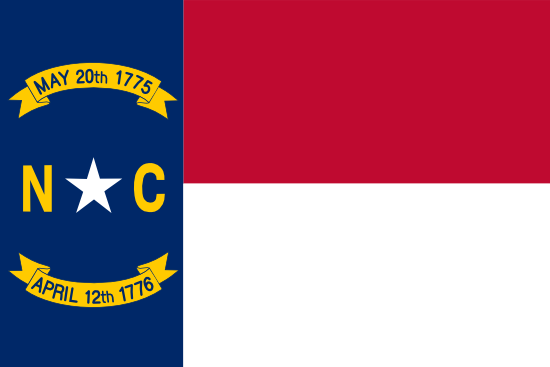
North Carolina
- Statehood Year:
- 1789
- Capital:
- Raleigh
- Largest Cities:
- Charlotte, Raleigh, Greensboro
- Abbreviation:
- NC
North Carolina is a state in the Southeast region of the United States, known for the Outer Banks, Great Smoky Mountains, and research triangle. It has a population of 11,210,900, making it the 9th most populated state in the country. The capital city is Raleigh. North Carolina has a banking center with strong tech and research sectors.